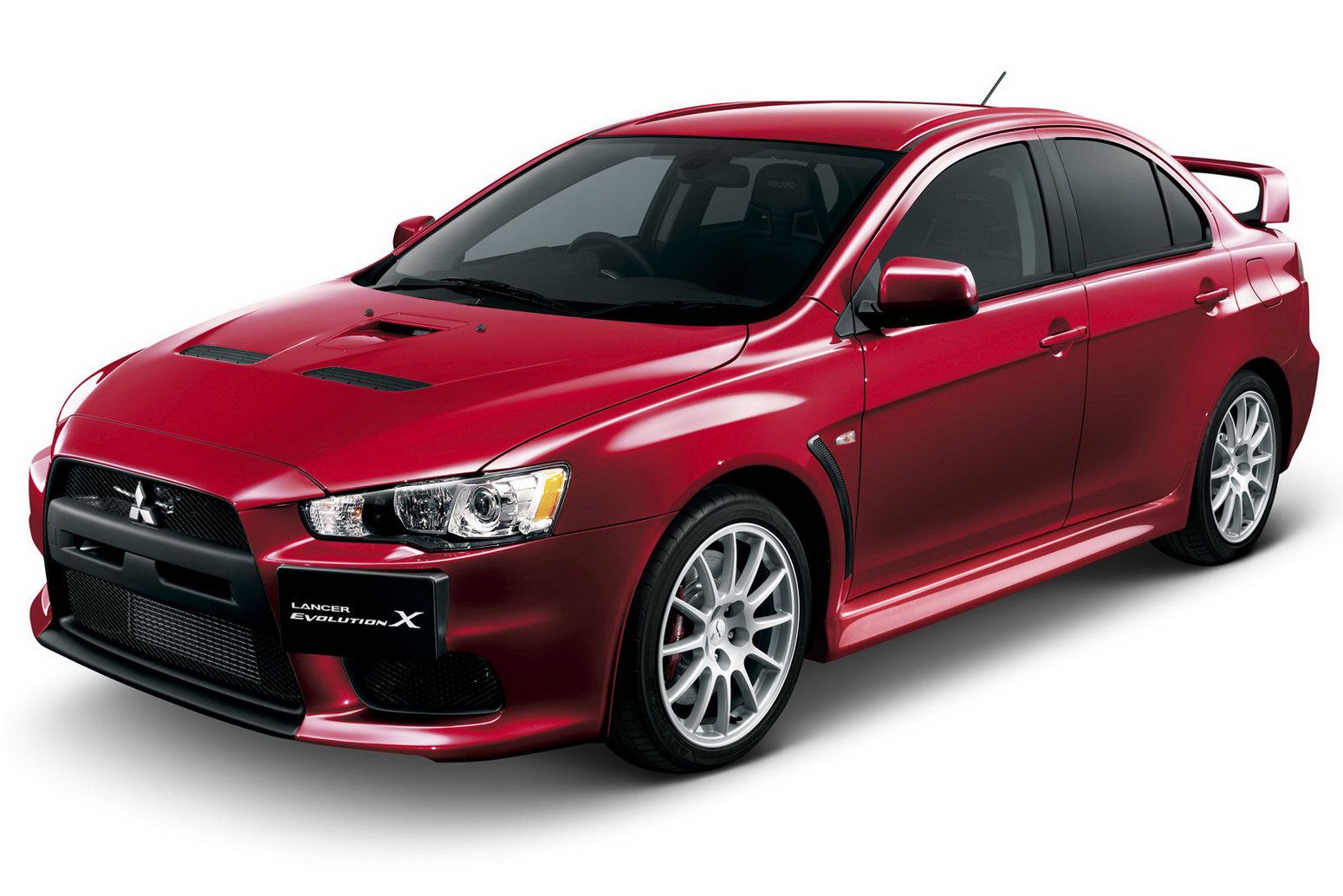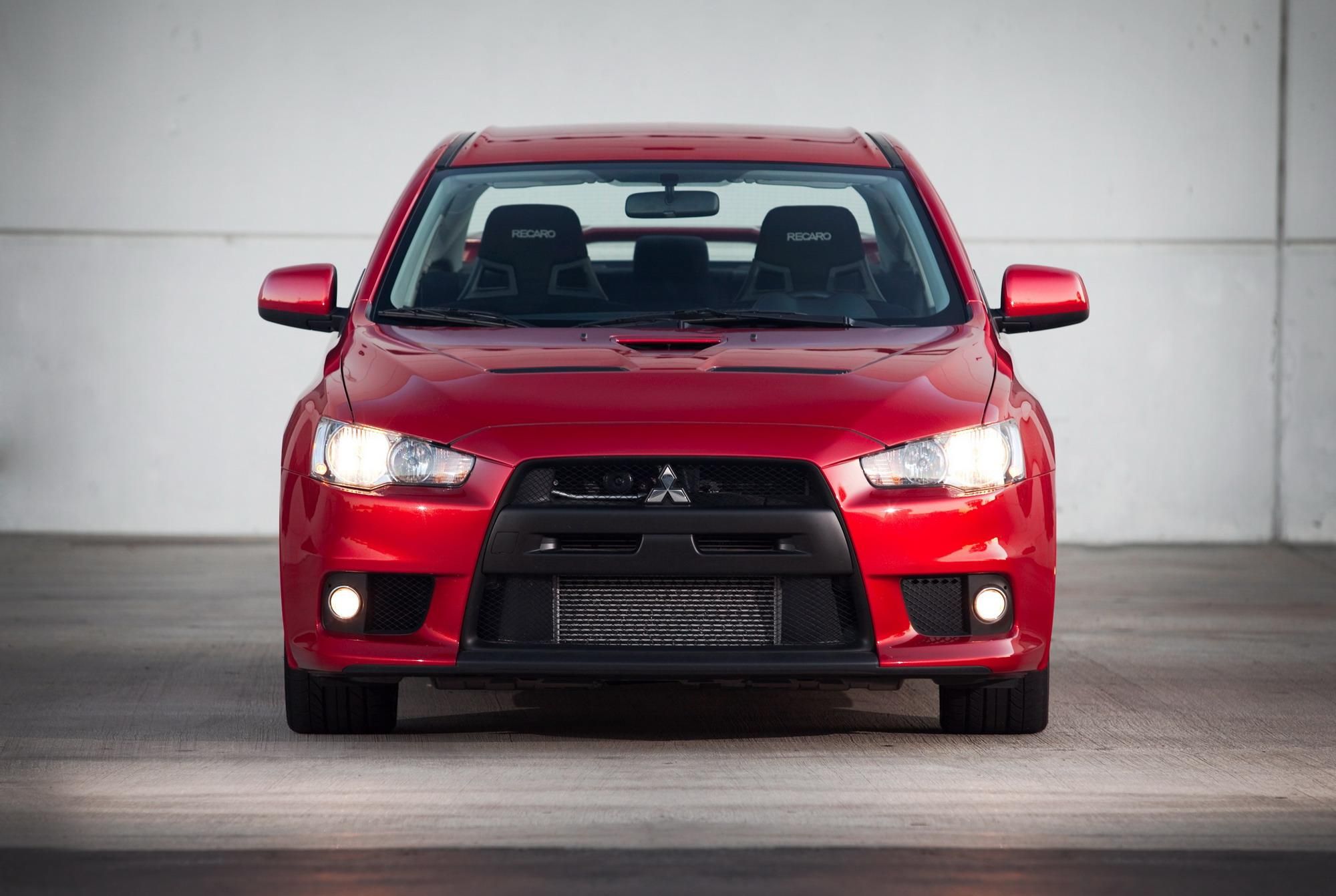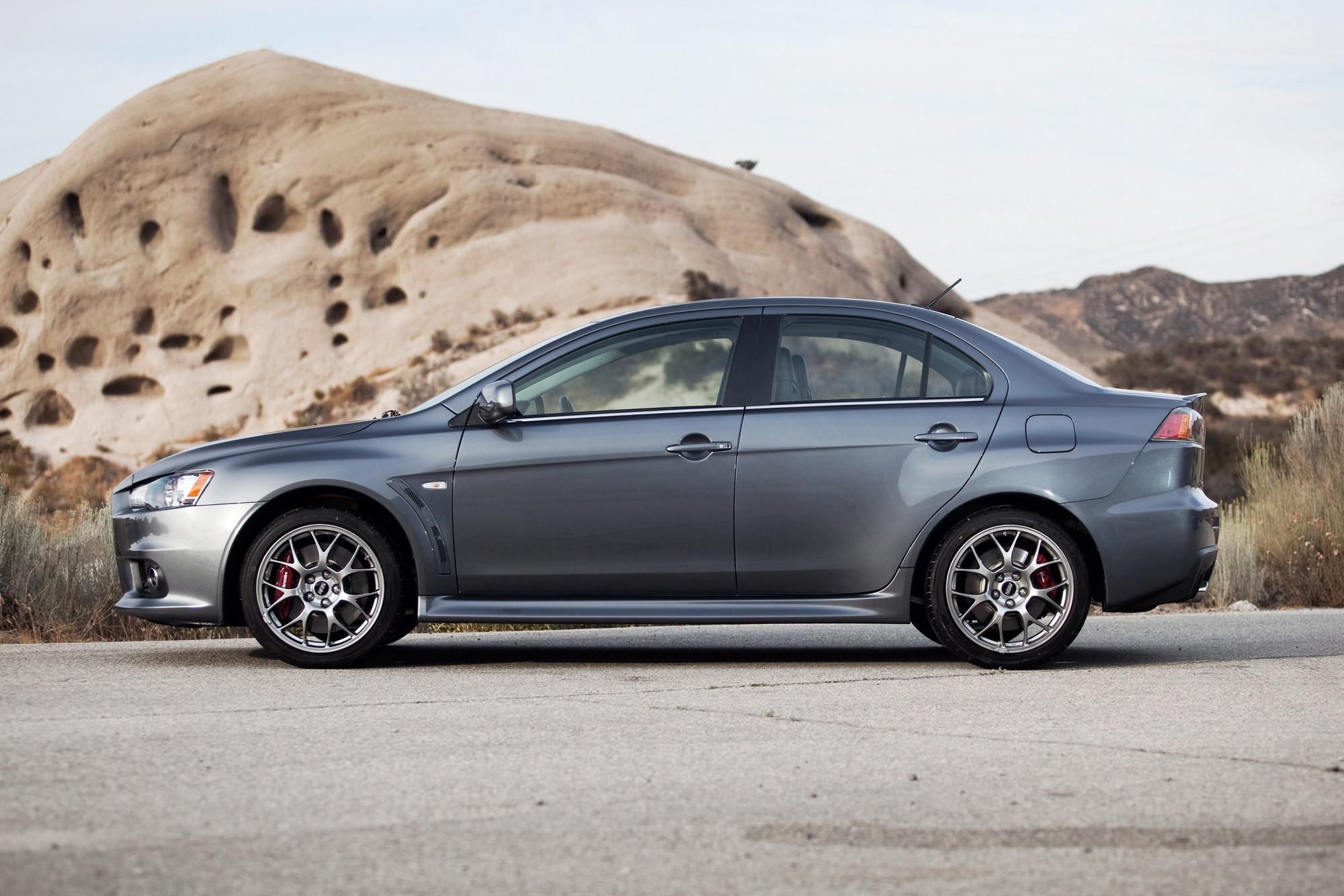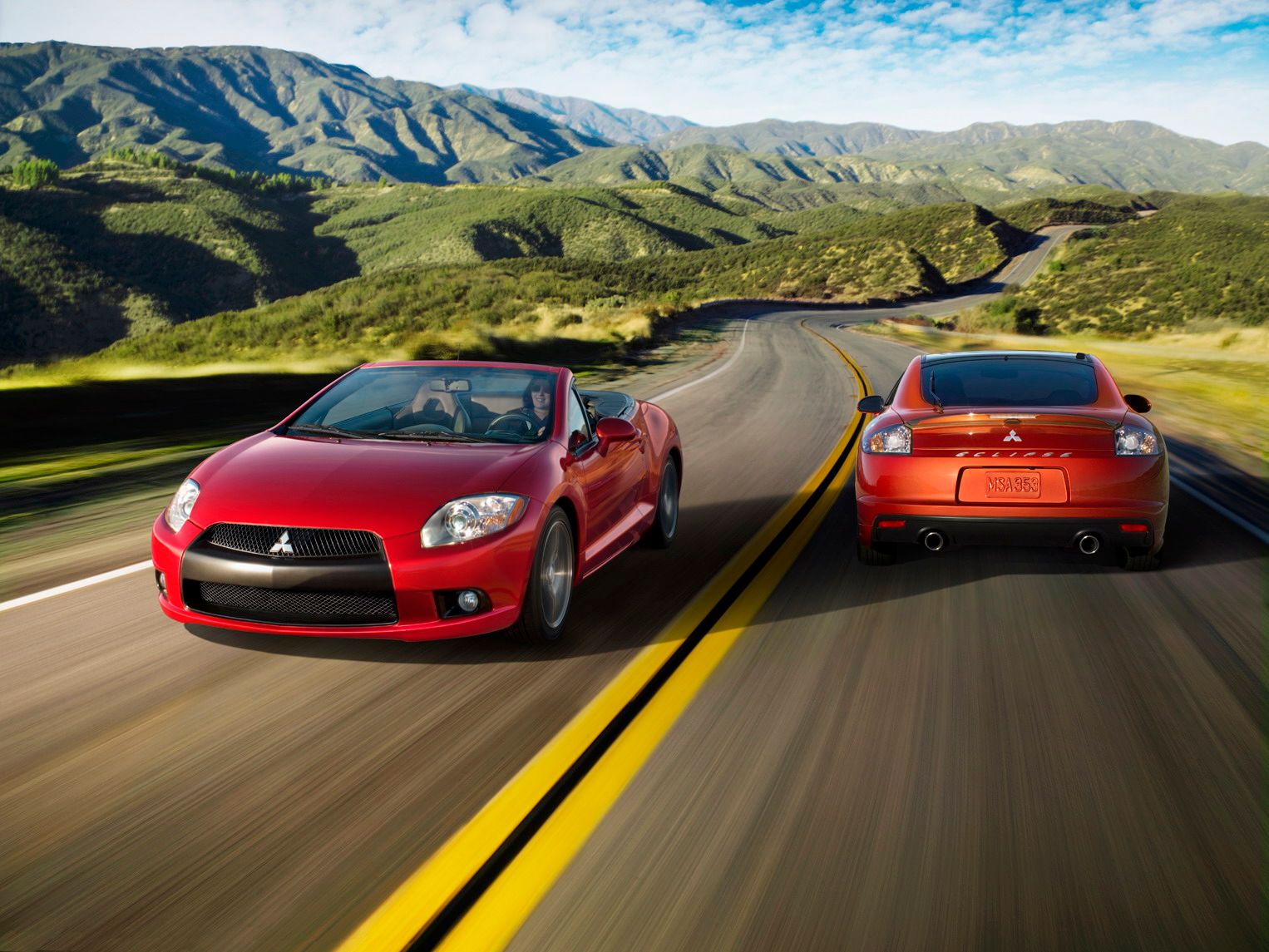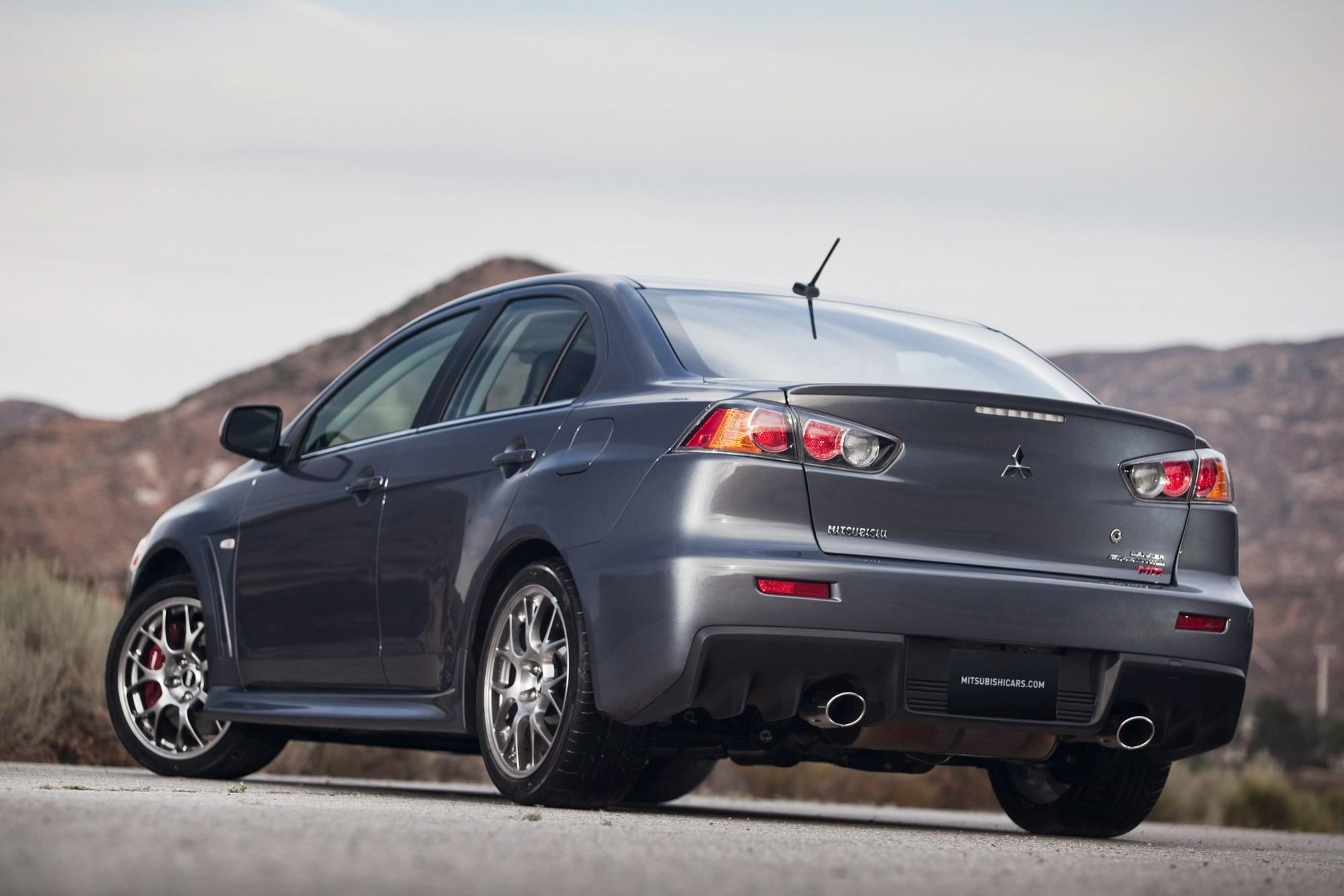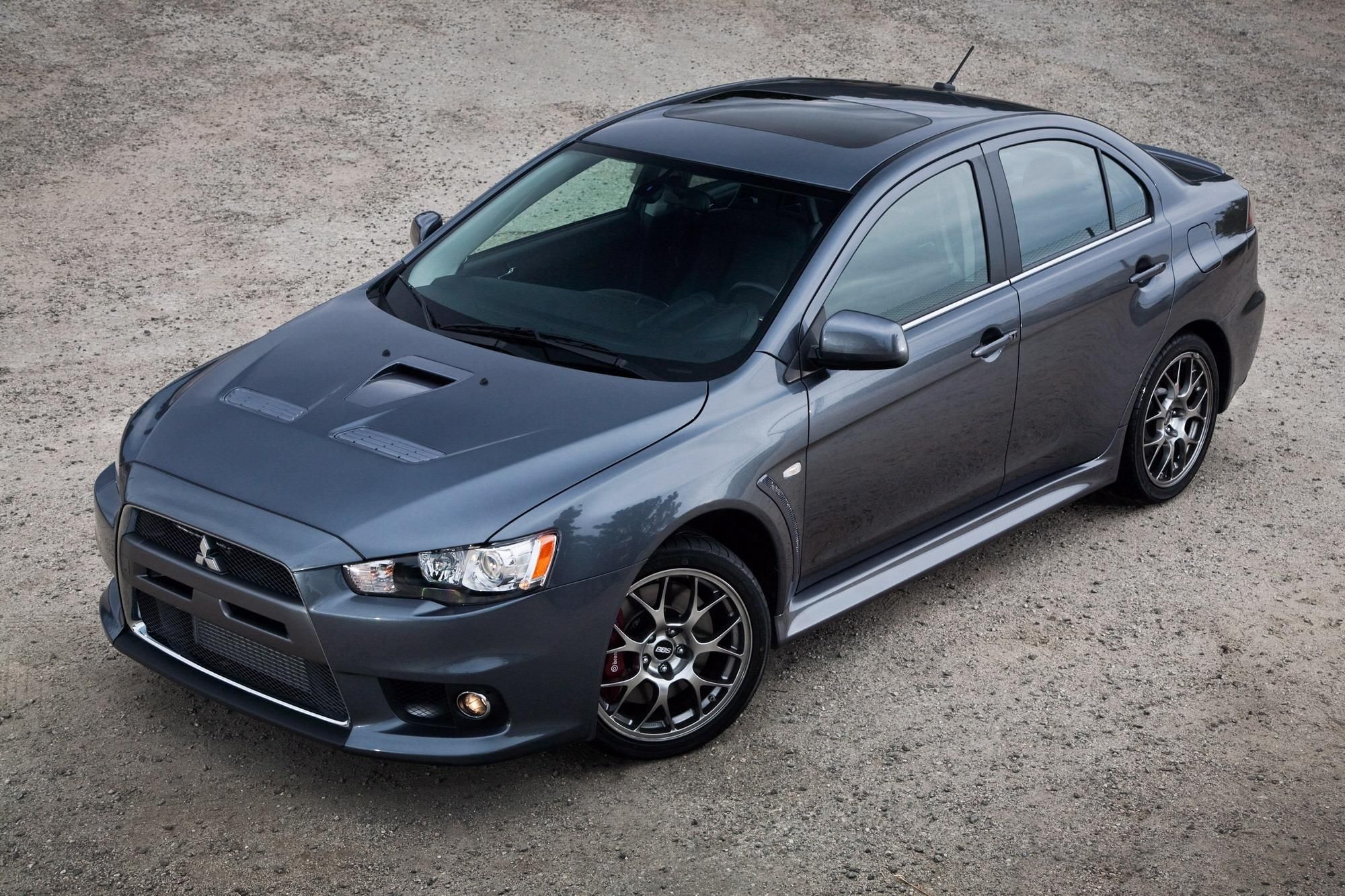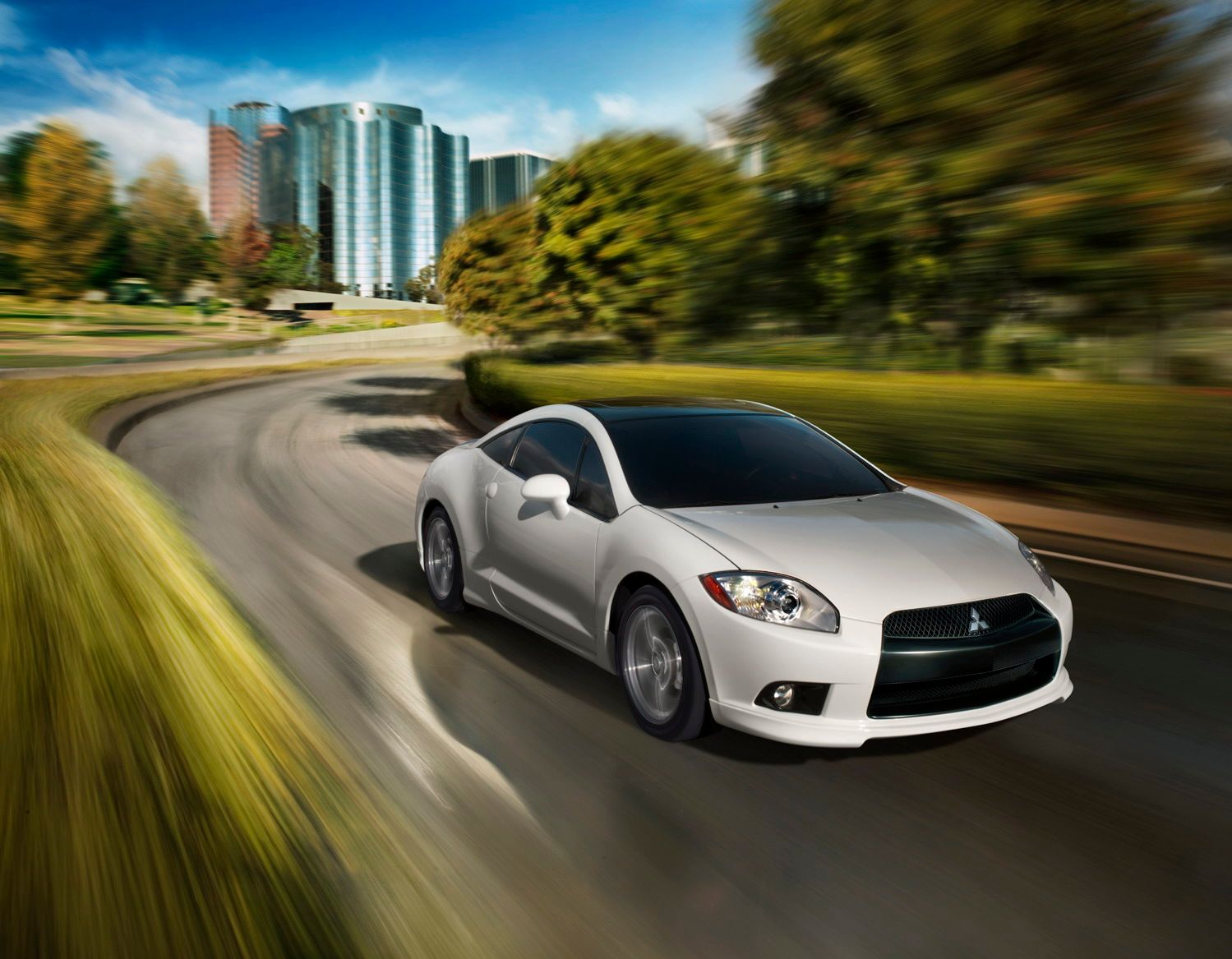Mitsubishi’s sports car heritage is as rich as it is illustrious. But look at the automaker’s catalog of models these days, and guess how many sports cars you’ll see? Zero. None. Squat. Gone are the days when Mitsubishi could point to performance mavens like the Eclipse, Galant VR4, and the iconic Evolution and proudly call them one of its own. These days, Mitsubishi’s sole focus is on crossovers and SUVs, and that’s going to remain its focus in the foreseeable future. If that doesn’t answer the persistent questions on whether Mitsubishi is looking into a new sports car model, then this short three-word comment should do the trick: it’s not happening.
Will Mitsubishi Make a New Sports Car in the Future?
I grew up in an era when the words “performance” and “Mitsubishi” went hand-in-hand. As a child of the late 80s and early 90s, I was exposed to a good amount of Eclipse models in no small part due to my older cousin having one. I wasn’t old enough to understand the nuances of what makes a good sports car. All I remembered was the Eclipse was loud, and it could go faster than any car in the neighborhood. I mention those days because when I close my eyes, I can still see that car in all its glory.
As it turns out, that’s not changing anytime soon, or at least that’s how Mitsubishi U.K.’s managing director, Rob Lindley, explained to Car Throttle on the sidelines of the 2019 Geneva Motor Show. “Mitsubishi’s focus is now SUVs, crossover, four-wheel drive, along with alternative fuel technology,” Lindley said when asked about the Japanese manufacturer’s current auto strategy. “Mitsubishi has moved around different brand positionings, whether it’s been Spacestar style vehicles or sports car derivatives, Evo - it’s not had that clarity of focus.”
If you look at Mitsubishi’s position from that angle, you can understand why it’s leveraging the market demand for its own business. It makes a lot of sense, especially for an automaker that doesn’t have the finances of rivals like Toyota and Honda. The latter two automakers can afford to build a diverse lineup of models because they have the size, finances, and all-around ability to make it happen. These factors come into play, more so for a company that, until recently, had to make do on its own in a super competitive business like the auto industry.
You’re probably wondering about the Renault-Nissan-Mitsubishi Alliance, right? If you look at it from that perspective, it does seem that there’s a possible roadmap for a Mitsubishi sports car to arrive sooner than later. As a part of the Alliance, Mitsubishi can tap into shared technologies to build its sports cars. It can even bring back any one of its sports car models.
But that ship has sailed, at least for the time being. “As a business that sells 1.2 million cars worldwide, in a global sense, it’s not a big business,” Lindley said. “If you try to be in all the different segments of the market and follow trends, like sports cars, it would be difficult to be economically viable.”
What he’s saying is true in some respects, but isn’t it a bit confusing when you mention the phrase “follow trends” to highlight the difficulties of justifying building sports cars from an economic standpoint and then turn around and do the exact thing you’re talking about when it comes to crossovers and SUVs?
I understand the rationale behind it. I just wish that Mitsubishi isn’t as closed to the possibility as it’s letting on. Maybe that’s going to change down the road. Who knows what’s really going to happen to the entire business five years from now, let alone a year from now. But as of today, there’s no point arguing, or even hoping, about what’s not going to come.
Do you want an all-new Mitsubishi sports car to arrive soon? Well, you don’t always get what you want, because if you’re still hoping for a performance-spec Mitsubishi in the vein of the Eclipse and Evo models of yesteryear, you’re going to have to wait a long time for that to happen.
Further reading
Read our full review on the 2015 Mitsubishi Lancer Evo.
Read our full review on the 2011 Mitsubishi Eclipse.

